
Celine & Laurent Tripoz Fleur Aligoté NV has a nose with a bit of a mustiness. But not the unpleasant mustiness of somewhere dank or fetid. No, this is just a hint of that mustiness of a long closed box made of fine wood. Some might even think of it as earthy but, to me, it is a more homey sort of sent. There is also something tropical--a whiff of pineapple.
Fleur Aligoté has a tart taste with a slightly bitter finish and a wee but of funk. LIke that musty scent this isn't a defect but a strength in this wine--it stands out from many mundane cremants. This is a sparkler worth remembering. There is something almost dusty, chalky. The "pineapple" is more noticeable when you taste especially as the wine warms a bit. I probably sipped it a bit too cold out of the gate. There is also citrus here especially tart lemon.
This is not like a Champagne or even a Cremant de Burgogne. It is closer to some Loire pet nats or even American wines made in that style (this is not a pet nat despite this comparison).
Aligoté is the "second" white grape of Burgundy, generally overshadowed by chardonnay. There are reasons for this to be so but aligoté varietal wines--still or sparkling--have their own place and their own taste. They are not so much "inferior" to a chardonnay as they are different. Perhaps not as versatile or age-worthy in most cases but there are many worthy wines (usually moderately priced) using the grape.
Tripoz has been making wine for the past 27 years (before that selling grapes to local Burgundy cooperatives). Their grapes all grow in the area of Loche in Maconnais and their wines are grown and created using the most natural practices possible. The land, the weather and the clay/limestone soils shine through in all of their wines--or those that I have tasted at least.
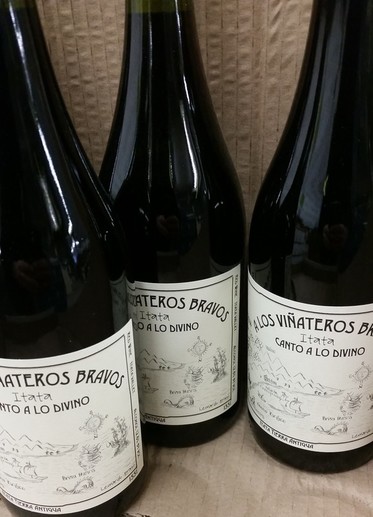
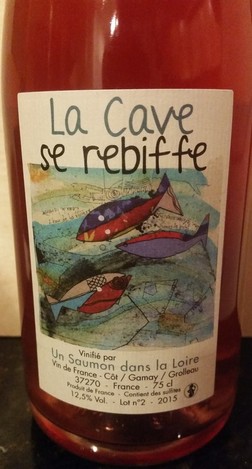
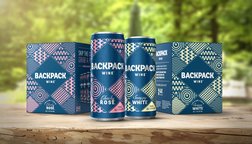
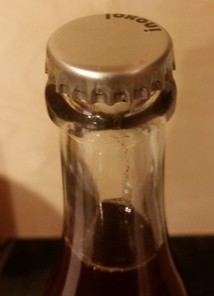
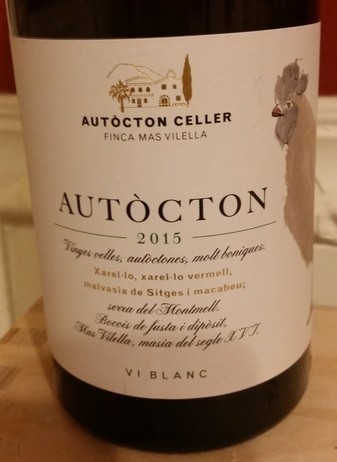
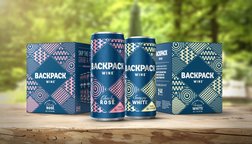
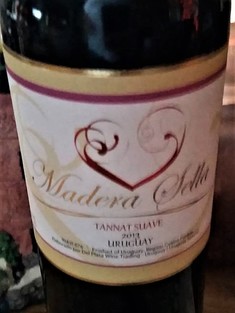
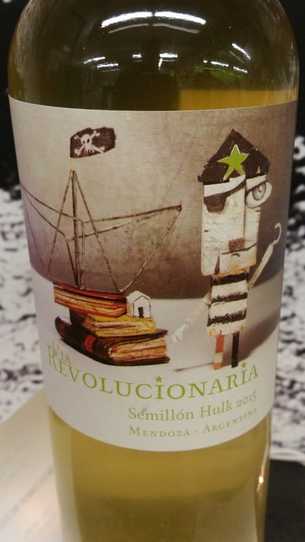
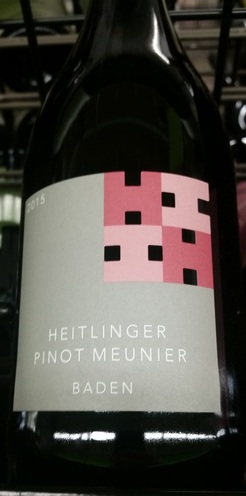
 RSS Feed
RSS Feed